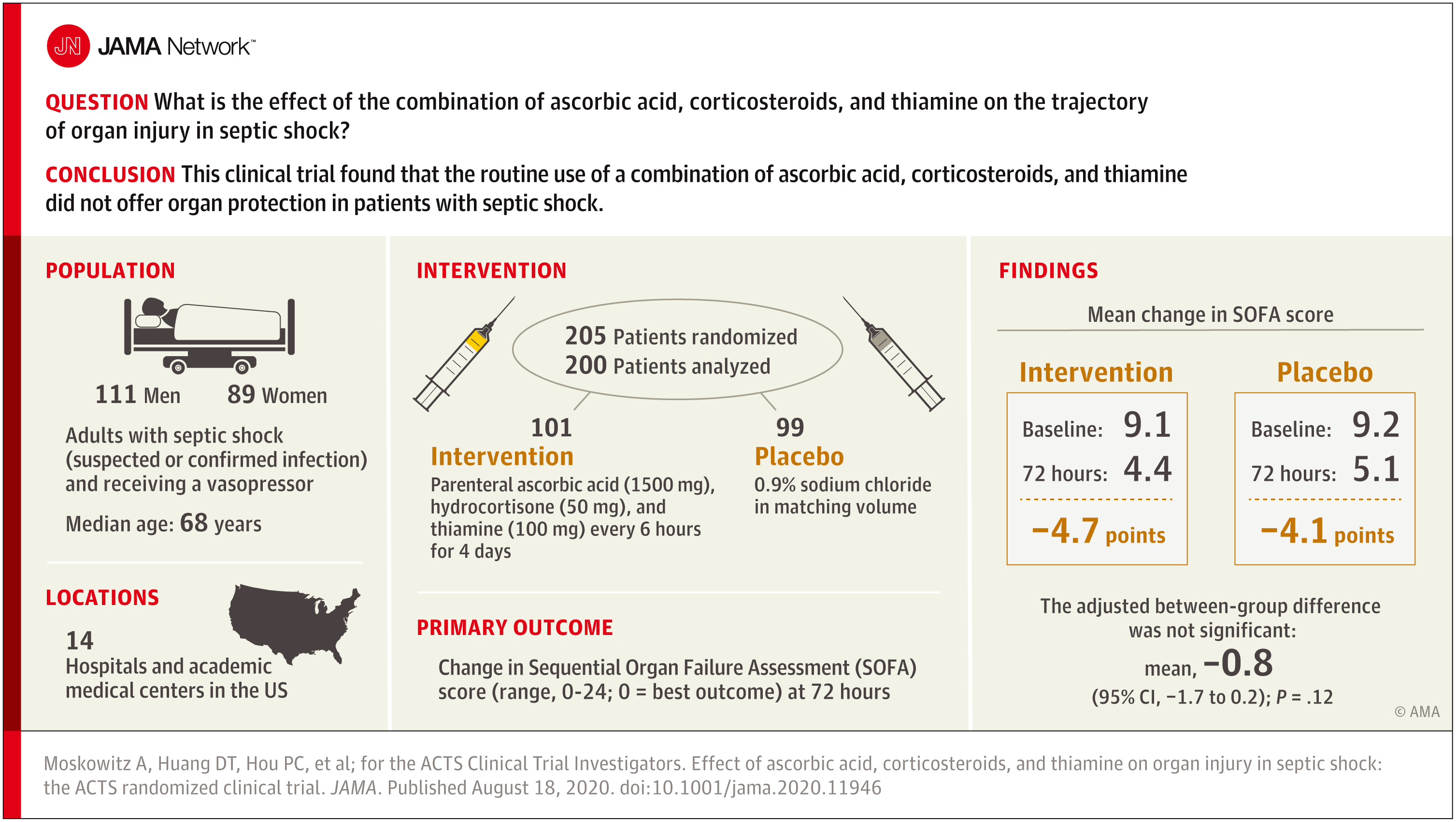- Joined
- Oct 20, 2005
- Messages
- 16,909
- Reaction score
- 47,667
https://www.nejm.org/doi/full/10.1056/NEJMoa1812405
Okay, maybe it’s just because I’m in pediatrics and if you don’t bag a patient who you are intubating in the unit... you’re essentially committing malpractice, but the NIH really needs to stop supporting stuff like this.
The hypothesis was that if you ventilate someone who you’ve sedated and relaxed, their SaO2 stays higher... that can’t be a serious question in 2019.
Okay, maybe it’s just because I’m in pediatrics and if you don’t bag a patient who you are intubating in the unit... you’re essentially committing malpractice, but the NIH really needs to stop supporting stuff like this.
The hypothesis was that if you ventilate someone who you’ve sedated and relaxed, their SaO2 stays higher... that can’t be a serious question in 2019.
Last edited:





